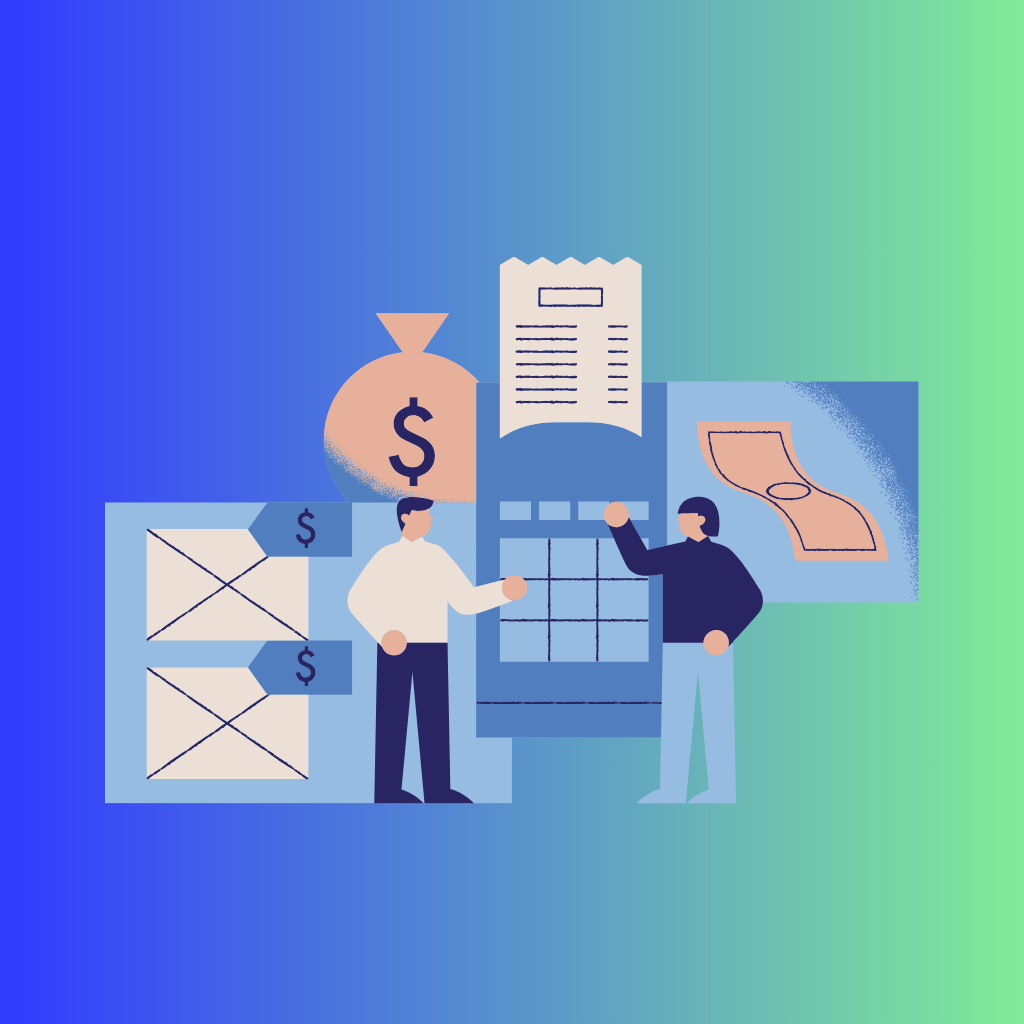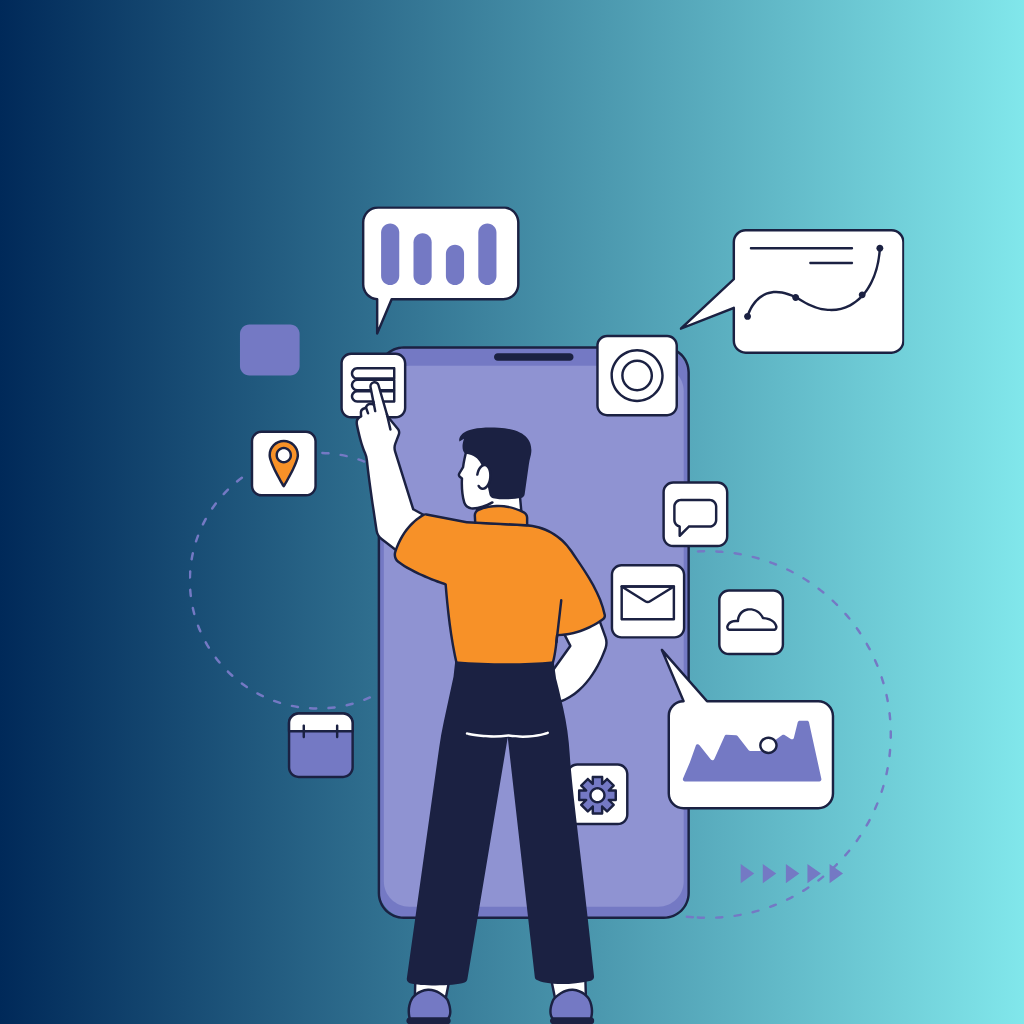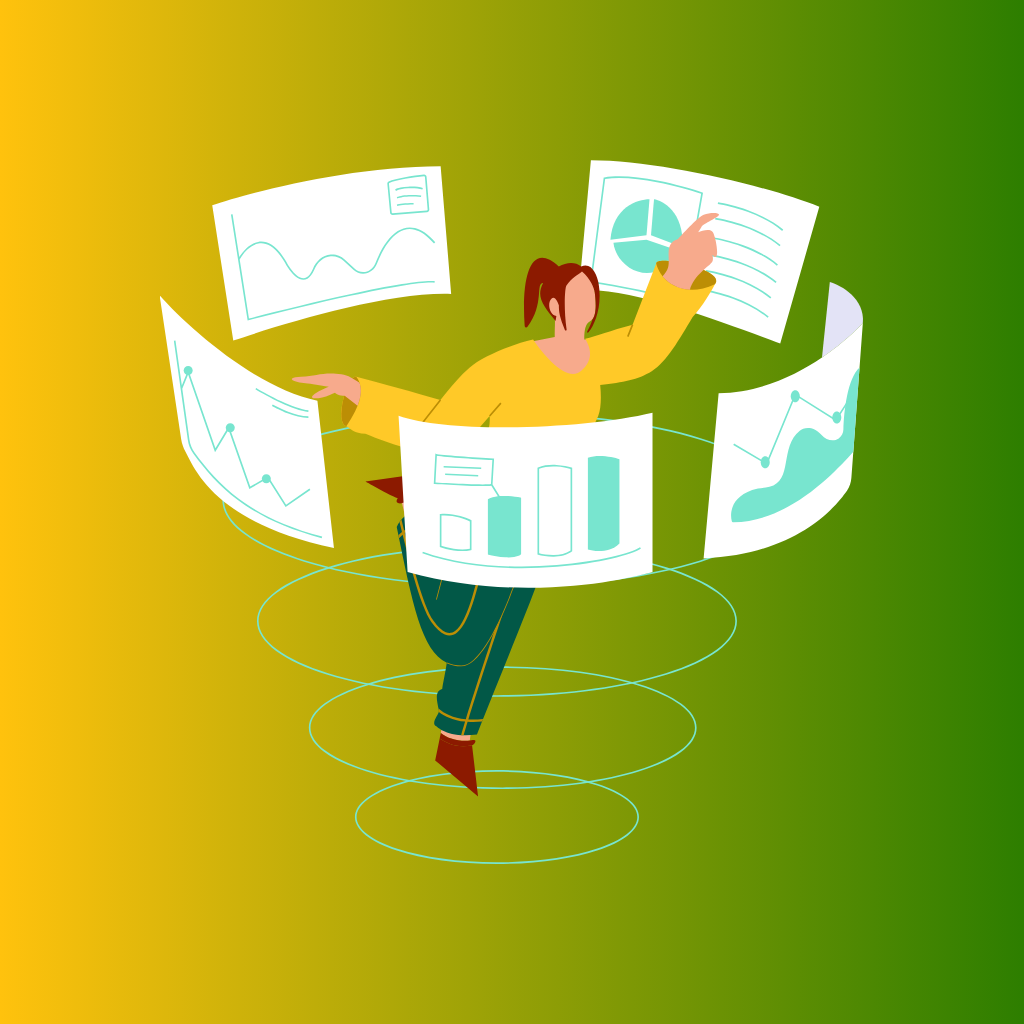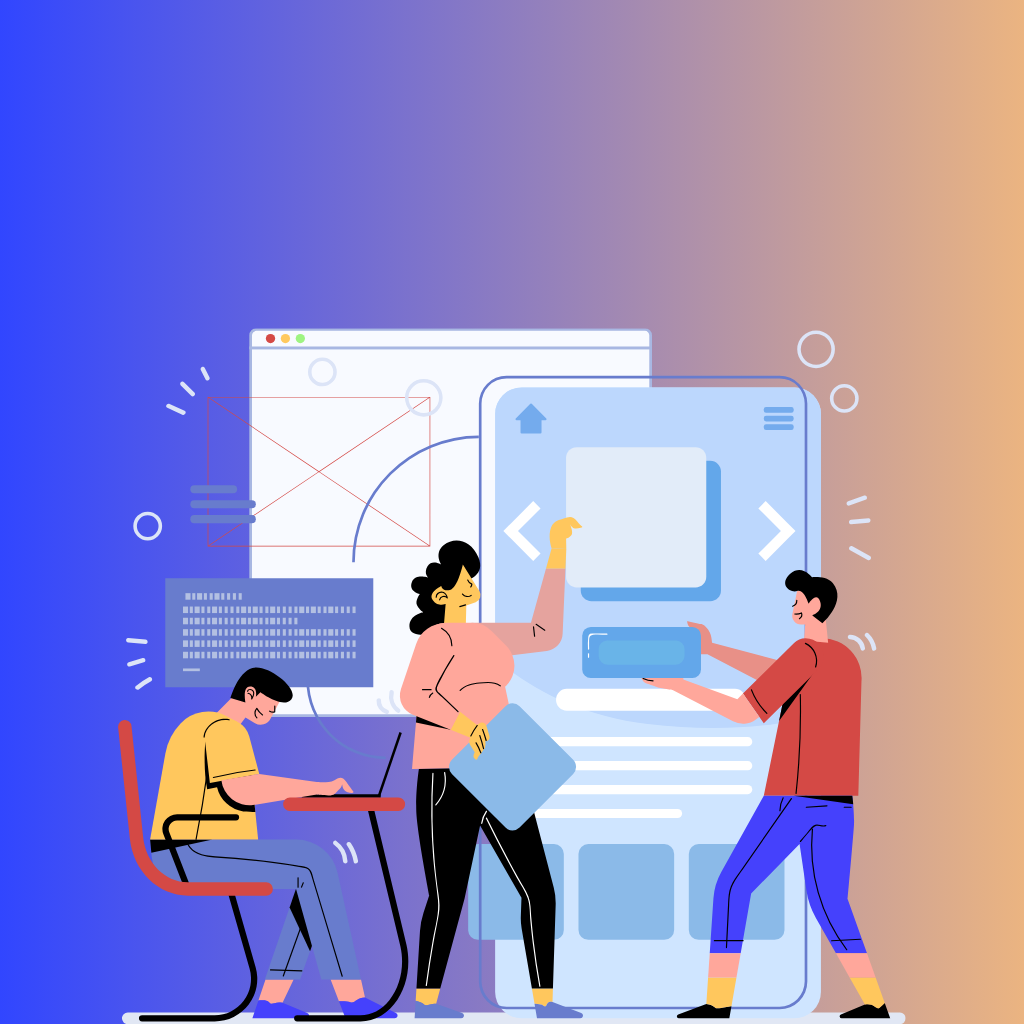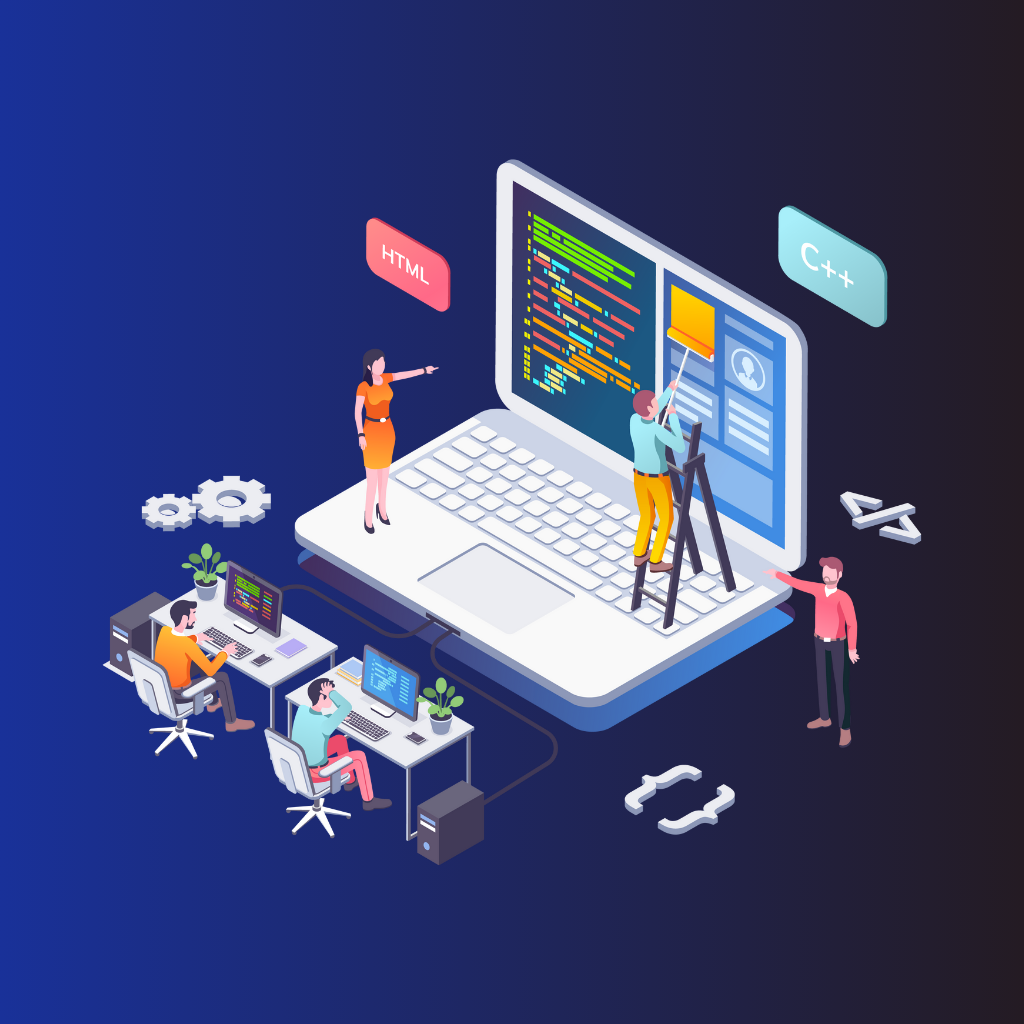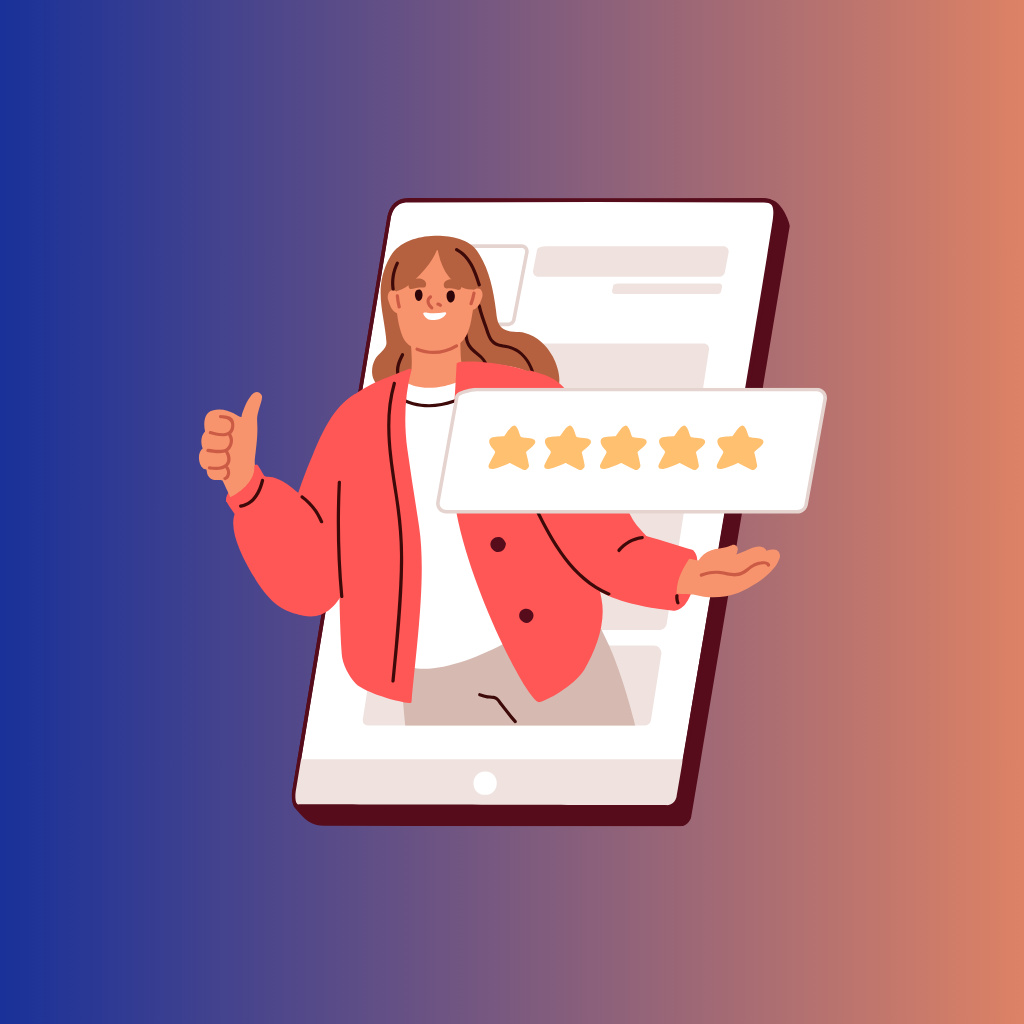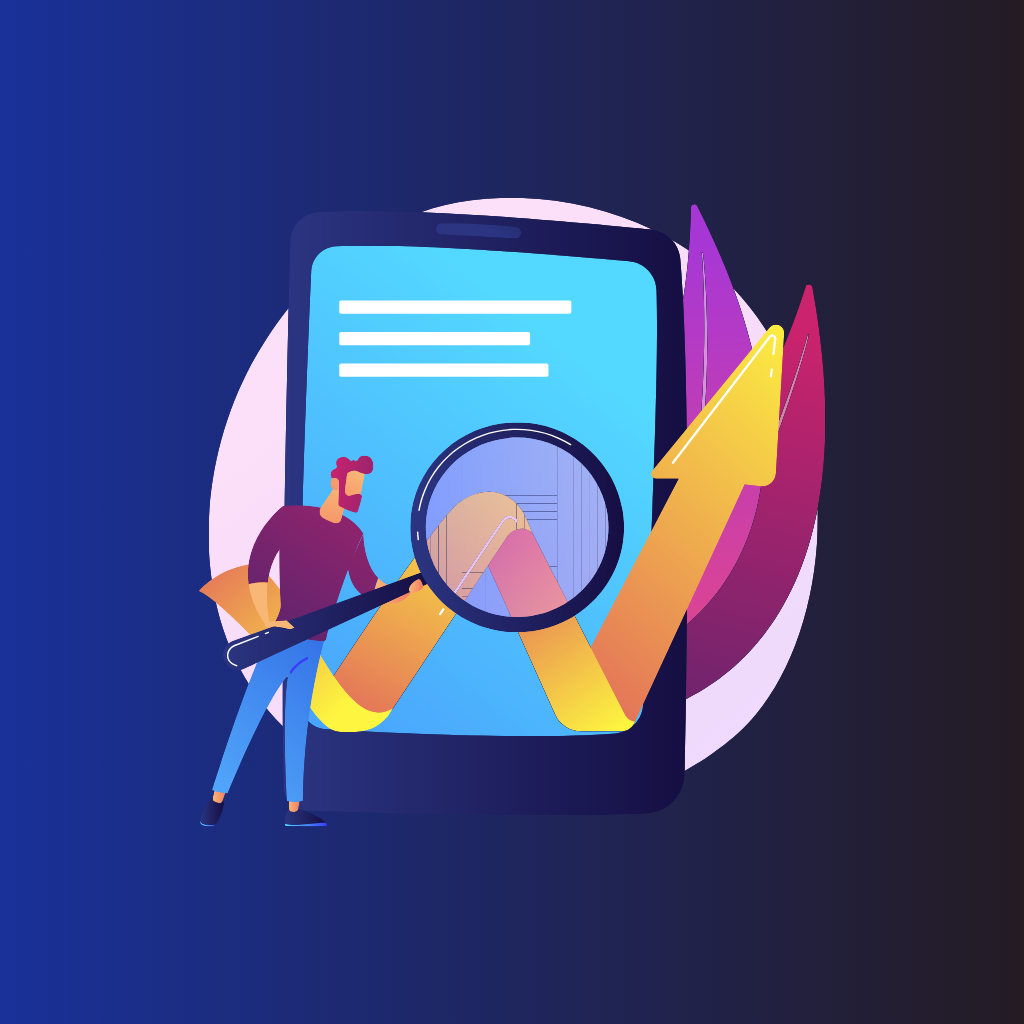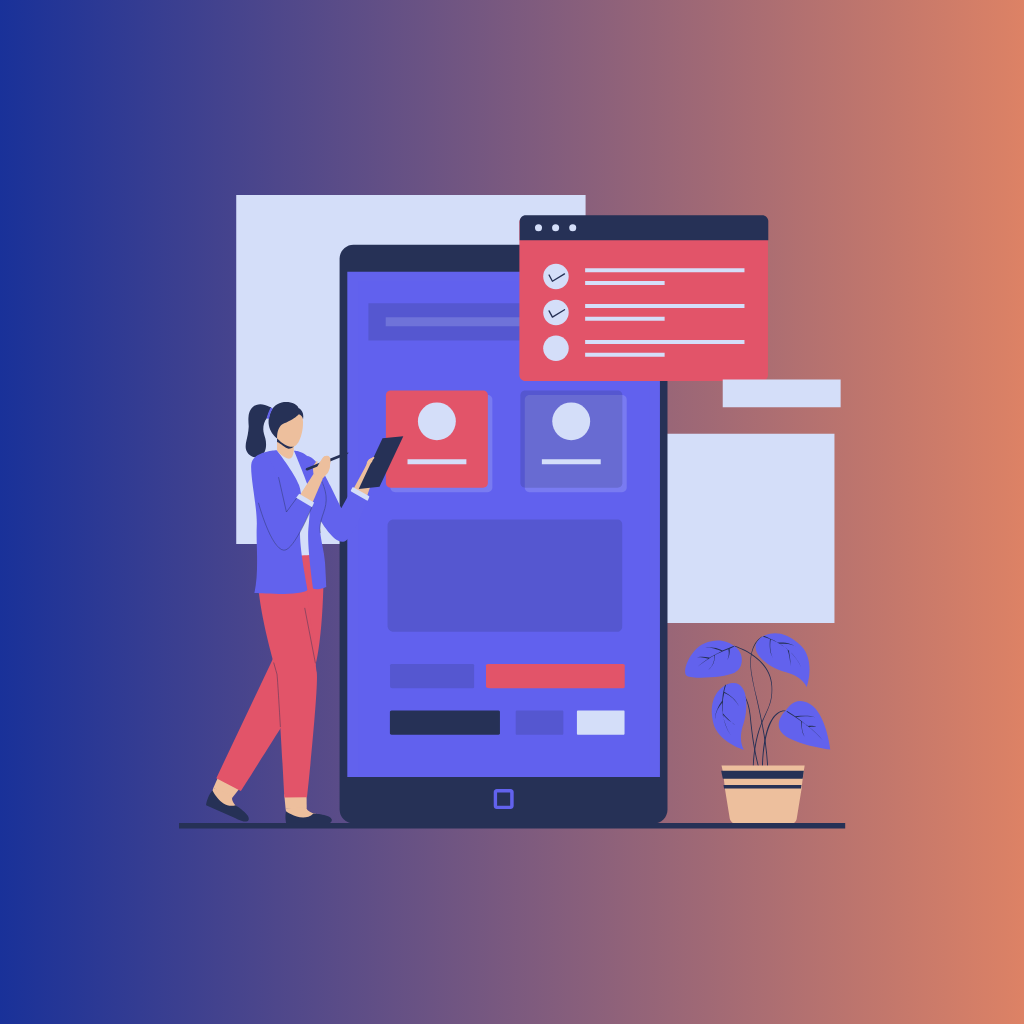Budgeting for app design is an imperative activity in the overall course of app development. Normally, application design has an influence on both visual and functional facets of an app, which defines usability and hence directly dictates user experience and satisfaction of the app. An appropriately planned design budget will help to distribute the resources in an effective way so that each and every aspect of the app, not just aesthetic but also functional, is taken care of. This will ensure that the product turns out successful and is luring to the target audience. This post is going to outline the various types of costs in app design. We produce balanced budgets for developers and entrepreneurs, taking into account all the necessary expenses at each stage, from the first planning to long-term maintenance. This seeks to ensure that the product of the development process can serve its purpose by bridging business needs and user requirements to register success in the competitive market.
I. Initial Planning Costs
Market Research: One of the first initiatives when designing an application should include conducting a market study, which should reveal the target market, rivals, and marketplace trends. This would generally involve costs such as survey fees, purchasing market reports, or hiring consultants for data collection and analysis. This helps to make sound design decisions that ensure the app addresses specific user needs, in line with user preferences, market gaps, and strengths or weaknesses of competing apps.
Prototyping: Based on what comes from the pursued customer development research, begin prototyping in order to flesh out the functionality of the app. Prototype cost will have to do with the payment of fees for using software or design services that allow wireframing, mockups, and interactive prototypes. These are prototypes that show a visual of the flow, layout, and functionality of the app, and give stakeholders a say rather early in the process. This makes this stage very efficient in looping through the design concepts so that it is very unlikely that expensive changes are being carried into subsequent stages.
II. Design Team Costs
In-House vs. Freelancers: An extremely important point that has to be noted when it comes to the design process of the app is, of course, the fact that possessing an in-house design team or freelance designers is one of the most crucial decisions to make. This ensures consistent collaboration, which could lead to faster iterations and consistency. This option, however, comes with a lot of costs, such as salaries and benefit packages to the workers, together with other infrastructure and space overhead. Freelancers, on the contrary, tend to have a relatively cheaper, flexible, and scalable option, whereby the cost is only levied based on the size and individual rates. This may be cost-effective when it comes to hiring for one-off project works or specific tasks, but keeping quality and consistency among a pool of freelancers may be hard for the client.
Design Agency Fees: Another option in terms of app design is to work with a design agency. Generally speaking, these agency costs will cover professionally all design aspects from project initiation to project completion, including project management, design iterations, and final delivery. On most occasions, agency fees vary enormously and depend mainly on the reputation of the designer, his level of experience, and project complexity. It's always good to compare them in prices and quality, as it pertains to your project.
Specialized Designers: The design process calls for a diversified category of designers who make unique contributions and bring their acquired skill. UI designers concentrate on interface elements, including the crafting of layouts, buttons, and icons to create a flawless visual user journey. UX designers focus on user experience, including the provision of a simple navigation system and matching functionality with the users' needs. Visual designers are those people who work on the aesthetics of the app, including color schemes, typography, and images. This could increase costs, as it would require specialized designers. However, this would ensure that every step of the design process is carried out by a specialized professional, and therefore the outcome can only be regarded as effective and aesthetically pleasant.
III. Design Tools and Software
Adobe Creative Cloud: Full suite of design tools from Photoshop to Illustrator, each focusing on its unique strength to aid in app design. These include Photoshop and Illustrator in creating graphics, icons, and visual assets, and XD focuses on interfacing design, prototyping, and user flow planning. Subscription fees for the Adobe Creative Cloud vary with every plan. One can either subscribe to one app or to an all-in, all-access package. Then, the scalable pricing can fit the size of your design team.
Figma: Figma is a cloud-based design platform that helps teams create interfaces, prototype, and give real-time feedback. In fact, Figma gives out for free the tier for individual use, but for the rest of the tiers, which are priced higher, users get to enjoy unlimited file storage and project permissions. "The collaborative nature of Figma makes it a powerful tool for iterative design processes that streamline workflows and reduce design turnaround times."
Sketch: Sketch provides one of the best tools for powerful, simple, and flexible interface designs. Its pricing plans include a one-time fee for a perpetual license and an optional yearly subscription to receive updates and plugins. Sketch offers an extremely vibrant ecosystem of large-sized plugins, which the user gets by offering him more functionality along his workflow and allowing integration with other design tools and systems. That makes Sketch a good fit for any design team in which members need to operate both comfortably and within an eye toward the budget.
IV. User Testing and Feedback
Usability Testing: Key to ensuring that an application caters to user needs and helps them carry out their mission with the least friction. Usability testing includes recruitment costs for human resources to carry out the testing, and in some cases, users must be remunerated for their time or motivated with gift cards, for example. There are also testing infrastructure costs, such as renting testing labs or investing in remote testing software. Analyzing the feedback may involve hiring professionals who will interpret the data, or the company should purchase analytic tools that will help them draw actionable insights from the interaction with their users.
Focus Groups: Focus groups provide a setting for gathering elaborate feedback from live users within a contained environment. This includes the expenses of remuneration for participants, compensating them for their time, and renting facilities for holding meetings. Furthermore, a perfect moderator is guided for the discussion, and proper recording equipment, like devices to capture responses, is to be transcribed and carried forward for analysis. The larger the size of the group, the more you will be expected to pay for an extended time or consulting the members of such a group.
A/B Testing: A/B testing is the comparison of different design variants to determine the performance and insight of which design resonates effectively with the users. The costs associated with A/B testing would include setting up test environments, tracking user interactions, and analyzing the results. Tools or sometimes even a data analysis service is done by software tools that usually manage the data from these tests, and the data analysis itself can sometimes be done by a data analysis service. While this is true, the number of tested choices and the frequency of A/B testing are both great, true variables that can drastically affect total costs. That said, A/B testing is an invaluable method for further polishing design choices based on actual user tastes.
V. Iteration and Refinement Costs
Design Revisions: A part of the cost is quite crucial due to design changes, iterating changes based on user feedback, or changing requirements. The costs can be hiring back your designers, in-house or freelance, to refine the assets in place or create new ones. Time spent on iterations also affects project timelines, potentially leading to higher costs if additional resources or adjustments to meet deadlines are needed.
Version Control: In any design project, version control is deemed necessary since it will play a very critical role in managing the assets of design and avoiding problems arising from conflicting revisions. This is because it will involve the cost of the investment in software that manages the file versions and allows proper collaboration between team members. Such tools include Git, Figma, or Sketch, which precisely make sure that everybody is working from the latest version by tracking the changes made and managing branches to steer clear of potential design errors or discrepancies. Initial investment in these tools is necessary, but work efficiency would have a boost since possibilities of rework are minimized and a coherent process in design would be supported.
VI. Branding and Marketing
Brand Identity Design: One of the most important things a developer has to do for their application is to set up a powerful brand identity. This, however, costs the creation of visual assets like logo design, definition of the color scheme, and many other visual elements that would define the branding of the application. Money invested in hiring professional designers or agencies to develop these assets can be quite high, but it guarantees an identity of uniform visual appearance by which users will always be attracted and which pays off in the success of the app.
App Store Presence: In order to influence the users of the app stores, strong presence would require a variety of assets to be created. This included design fees for the app icon, production of screenshots, production of promotion materials such as videos or banners. The type of these could be app functionality screenshots, the value proposition that should excite a potential user in using your app, among others. Other costs could include the listing in the app store and maintenance costs to upload the profile of the app and its updates.
Marketing Campaigns: Running awareness campaigns and downloading campaigns. The cost includes online marketing through search engine ads, social media campaigns, and influencer marketing. The cost of developing paid ads on Google, Facebook, and Instagram could be paid for out of pocket; similarly, the cost of developing content for social media posts, blogs, or videos could come out of the pocket of the overall marketing budget for the app. A well-conducted marketing campaign can have a huge effect on the success of an application, thus justifying such expenses as an investment.
VII. Long-term Maintenance
Redesign and Updates: Long-term maintenance also means that from time to time, there will be changes in the design of the app to comply with current trends and implementations. This, to some extent, would mean hiring designers to update the interface, rework layouts, or add new features if requirements have changed. These updates assure that the app is relevant, competitive, and continues in line with the user expectations, which sometimes may also mean complete redesigning or overhauls of certain features.
User Feedback Monitoring: Continuously tracking and responding to user feedback means just that. Ongoing costs in this area would include reviewing app stores, social media platforms, and other forums for feedback, while the collection of feedback often takes place through mechanisms such as surveys or direct user engagement. However, suggestions and feedback implemented would need further design iterations, software tools to manage the process, and more resources in interpreting and acting upon to keep the app up to the expectations for serving its users.
In a nutshell, the design budget of an app includes a wide range of costs from the first planning stage to long-term maintenance. Most important are those for market research, prototyping, design teams costs, tools, and software, user testing, branding, marketing, and iterative costs. These stages ensure that every part of the process receives the right amount of resources towards realizing a successful app in terms of achieving set business objectives and being functional in addressing consumer needs.
Planning the Careboy Style and Adapting in Managing Design Expenditure. Through this, it would indicate that hidden potential costs are revealed, with the allocation of resources in a more effective manner, in case a quite detailed budget was set in advance. It will also increase flexibility and attention to feedback and changing requirements so that the design is relevant and fit for its purposes, thus to a minimum of chance for incurring unexpected costs. In other words, this is how developers and entrepreneurs apply comprehensive budgeting, balanced with flexibility, in the app design process to produce the product.
